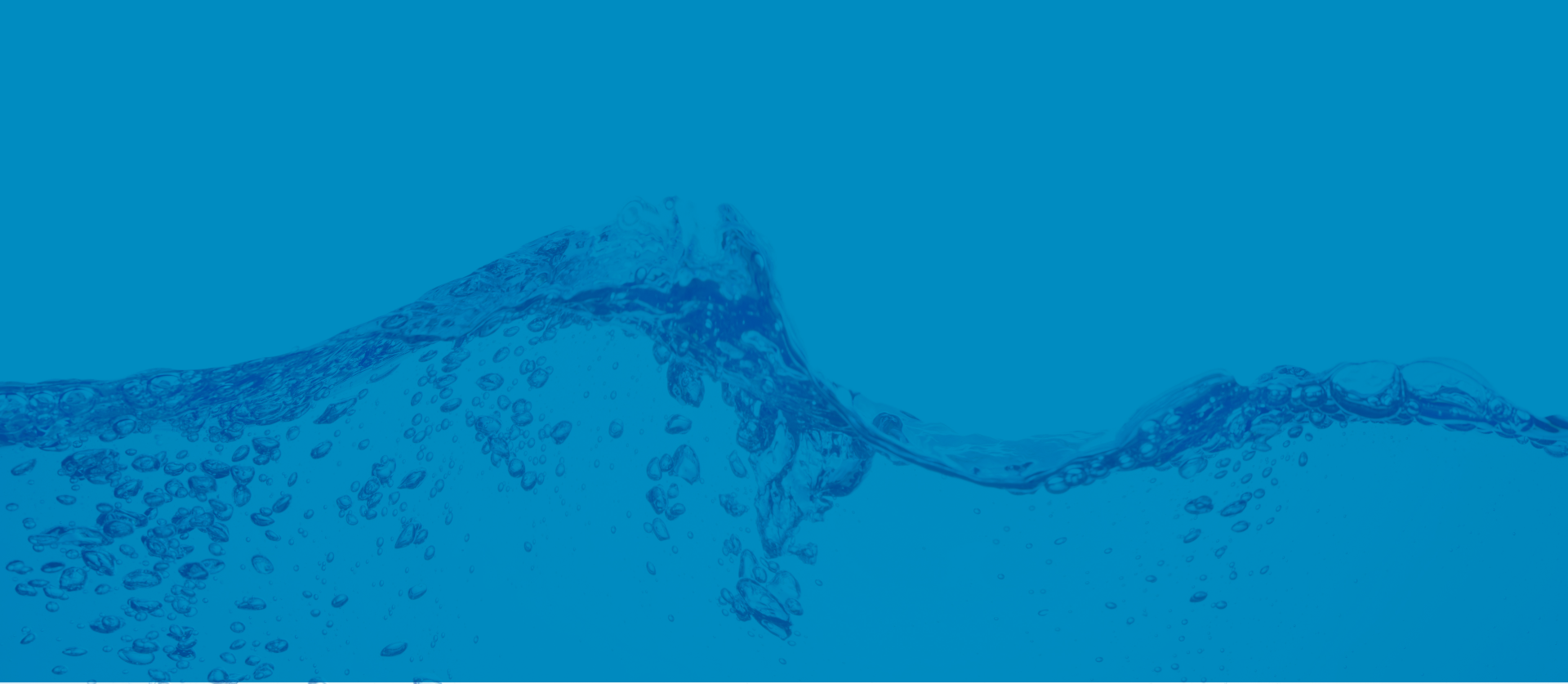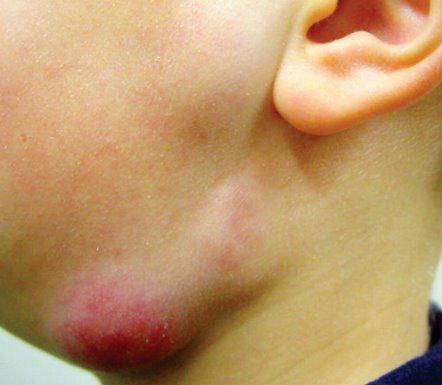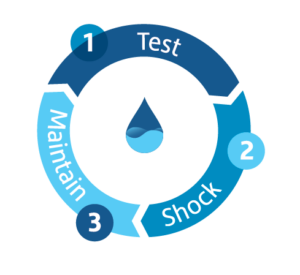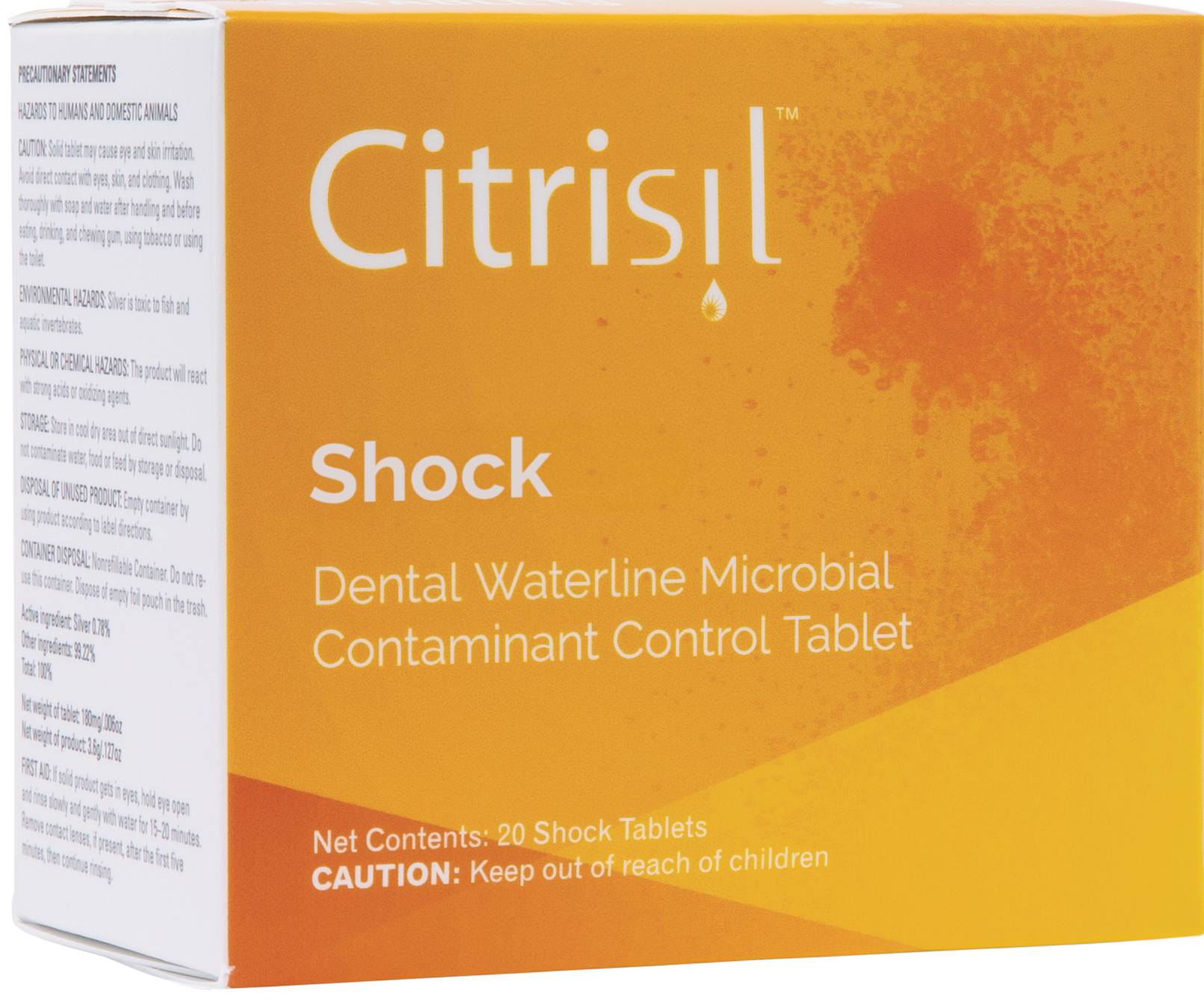Your cart is currently empty!

The Importance of Dental Unit Waterline Management: A Clinician’s Guide

By Michelle Strange, MSDH, RDH
Over the course of my nearly 25 years in the dental field, I have come to appreciate the significant personal investment I have made in the areas of safety and infection control. Starting as a dental assistant and now working as a dental hygienist with a certification in infection prevention and control, I’ve grown to see how important it is to maintain safe practices in our offices, starting with Dental unit waterlines (DUWLs).

My Experience in Waterline Management
I first learned about waterline management in more detail in 2017 and quickly performed my first dental waterline shock treatment. By 2019, I was performing my first waterline testing procedure. Before that, my strategy was rather shortsighted. It took me years to realize that my approach to DUWLs was flawed, as I was inadvertently growing pathogens in my water lines. This realization was both shocking and alarming; not only was I putting my patients at risk, but I was also exposing myself to these pathogens during procedures. It was a wake-up call to prioritize proper cleaning and maintenance of the water lines in my dental practice.
The Centers for Disease Control and Prevention (CDC) have warned that improper maintenance of these lines can lead to harmful levels of microbial counts. For instance, water that is considered safe at the source can become unsafe in the dental chair due to biofilm forming within the lines. Remember, it’s not the water, but the water lines that are the issue for us in the dental setting. These lines serve as a place for bacterial growth, reproducing at an alarming rate of every 4 to 20 minutes if not treated properly. Neglecting to manage DUWLs can lead to serious consequences. Some of the infections that have been associated with waterline contamination include Mycobacterium and Legionella’s disease. These occurrences highlight our responsibility as healthcare providers to effectively manage water lines for the benefit of patients and other healthcare workers.
Join Us for a Webinar on Feb 6th at 7:30 PM ET
The Importance of Dental Unit Waterline Management: A Clinician’s Guide
A leading infection control expert with over 20 years in dentistry, Michelle Strange, MSDH, RDH, brings her extensive expertise to help practices navigate Georgia’s new waterline requirements while ensuring optimal patient protection.
Sign up below to register for this complimentary informational webinar.

New Guidance from Georgia
With another recent Mycobacterium Abscessus outbreak in Georgia, the Georgia Board of Dentistry has the intent to adopt a new rule for managing water in dental units. Rule 150-8-.05 Dental Unit Water Quality (PDF) will require regular quarterly testing of dental unit waterlines with documentation.
What does that mean for your practice and staff?
- Quarterly Testing & Documentation: It is important to test the water quality AND PASS to ensure it meets the EPA Drinking Water Standard of ≤ 500 CFUs/mL (colony forming units) and maintain good documentation.
- Standard Operating Procedures: It is important to establish a clear protocol for the management and monitoring of DUWLs that is best for each dental setting in accordance with the recommendations of the CDC and to comply with your state dental board’s regulations.
- Education and Training: It is crucial to ensure continuous training for all personnel involved in waterline management to prevent any deviation from established norms. This new rule is an addition to the continuing education rule that became effective Jan 1, 2024, requiring hygienists to complete a minimum of 2 hours of infection control education and training which shall include dental unit water lines. GA R&R – GAC – Rule 150-5-.05. Requirements for Continuing Education for Dental Hygienists.
These recommendations are consistent with those issued by several state dental boards across the US, stressing our common mission to safeguard our patients.
The Sterisil Solution
Now, you may be familiar with the sense of confusion and uncertainty that happens when confronted with the issue of contaminated dental unit water.
You may be in Georgia and feel the new rule is overwhelming because you have not tested or shocked your lines before.
Or even if you are testing, you’re probably wondering how you can ensure that your chairs pass often and what to do if they don’t. It can feel like a daunting task, but don’t worry—there are straightforward solutions that will give you the confidence to manage it all simply and effectively.
Thanks to Sterisil, managing waterline safety doesn’t have to be complicated. Their SAFEWATER Solution protocol breaks it down into three simple steps: Test, Shock, and Maintain.

Having a simple protocol that’s best for your practice and with the right products that work together will set you up for success and less failures. Let’s delve into what each step means and why it’s so effective.
Test: Monitoring Water Quality
Regular testing is the foundation of clean and safe water lines. Sterisil simplifies this process by offering two options that are specifically designed to meet the needs of any practice.
- FASTCheck15™: This in-office test gives you pass/fail results in just 15 minutes and is very simple to use and read. This affordable test is so simple and fast, that you can test more often and manage remediation needs quickly. It is the perfect tool to monitor your water safety anytime such as after a closure, to validate a protocol breach, after shocking, change in plumbing or water source, and more.
- Sterisil® R2A Mail-In Test: Known as the “Gold Standard”, the R2A mail-in lab test is the only EPA approved test method and provides a comprehensive analysis of the live bacteria growth in your water lines. It not only provides detailed results but also tracks trends over time, which is excellent for documenting compliance. Additionally, Sterisil is partnered with DentiSafe the only EPA-certified lab founded by a dentist for dentists. They are experts in dental waterline testing who ensure your results are accurate using a validated HPC test method as recommended by ADS (formerly OSAP) white papers.
- Exclusive to Georgia practices: All practices will receive faster results with the new FASTRead service included free with every Sterisil R2A Mail-in Test! If test samples surpass the 500 CFU/mL limit during the first 24 hours of incubation, you will receive a call from a Waterline Specialist to support you with next steps to remediate a failed result. Getting chairs back to safe water standards quickly for our patients is important. Now you can have faster results from the most trusted test method available.
Both testing methods can be paired together to ensure you’re staying ahead of biofilm buildup and monitor any protocol workflow that meets the practice’s needs. They align with CDC guidelines, which recommend frequent testing to keep water lines in check. If your waterlines fail a test, don’t worry—it happens to the best of us. The important thing is to have a clear plan for what comes next.
Shock: Taking Control of Bacteria
Once you’ve tested, the next step is to shock your water lines, and here’s the thing: whether your lines pass or fail, shocking is always a beneficial idea. Why? Even “clean” lines may harbor biofilm that has not yet reached detectable levels.
- Citrisil™ Shock Tablets: These tablets are designed specifically to erode biofilm and bacterial contamination, bringing microbial counts down to safe levels (≤10 CFU/mL). Unlike traditional methods, these tablets are only about $2 each and are easy to use. Just drop it in the bottle overnight with no disruptions. They work seamlessly with Sterisil Straws, meaning no extra steps, no dummy straws, and the orange color reminds us to flush the lines.
Sterisil recommends shocking monthly with Citrisil Shock to ensure harmful bacteria levels always stay below the 500 CFUs/mL limit.
Maintain: Setting Yourself Up for Success
Here’s where Sterisil is so helpful. With their solutions, maintenance doesn’t have to be a daily chore. The Sterisil Straw is your ultimate ally for long-term waterline care. The Sterisil Straw uses advanced silver-ion technology to continuously treat your water lines for 365 days—yes, an entire year! This means no more daily purging or emptying bottles and no more dummy straws. You simply install it and let it do its job. It’s low maintenance but highly effective, which is exactly what busy dental practices need.
By following the Test, Shock, and Maintain routine with Sterisil’s SAFEWATER Solution of products, you’re not only meeting CDC standards and the Georgia Rule, but also protecting your fellow coworkers and patients from harmful pathogens in your practice. And let’s face it, knowing your water lines are safe and compliant takes a huge weight off your shoulders.
Conclusion
Having worked in the dentistry field for nearly 25 years, I have come to understand the importance of properly maintaining water lines in dental units. In light of the new regulation in Georgia, the implementation of Sterisil’s SAFEWATER Solution presents a sensible and simple approach to ensuring safe water in our practices. This enables us to consistently monitor the levels of bacterial growth, shock the systems, and maintain the units well, ultimately safeguarding patients and enhancing efficiency. At the end of the day, it is our responsibility to provide a safe environment for patients to seek care without the risk of infection, which is why we need to practice safe waterline management.

Resources:
- Michelle Strange, RDH: Dental Hygiene | Michelle Strange RDH | United States
- The Roaming Hygienist: Oral Health | The Roaming Dental Hygienist
- Level Up Infection Prevention: Dental Infection Control | Level Up Infection Prevention
- Sterisil Dental Waterline Treatment | Dental Waterline Compliance
- Test Documentation Platform: Solmetex My Solutions Center
- Solmetex IFUs, Installation, and Product Guides: Solmetex Dental Water Management Resources
- Free Water Consultation: Solmetex Dental Water Management Resources
- Dental Water Safety Education: Dental Water Safety Education Resources
Share this post:

Related Posts





